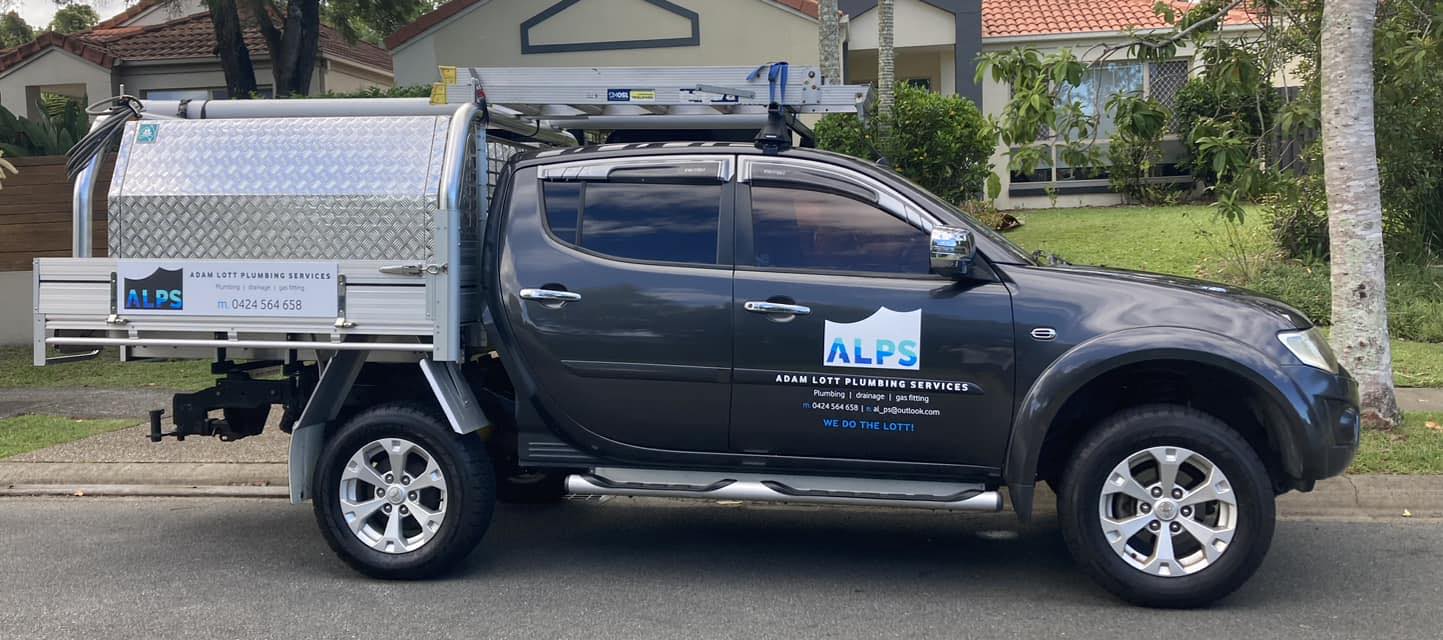When it comes to hot water heater leaks, addressing the issue promptly is crucial to prevent potential damage and inconvenience.
Simple DIY fixes can often resolve common leaks without the need for professional intervention. From identifying the source of the leak to tightening connections and replacing faulty components, there are practical steps that homeowners can take to address these issues effectively.
By following a few straightforward techniques, you can potentially save both time and money while ensuring the smooth operation of your hot water heater.
Identifying the Leak Source
When troubleshooting a hot water heater leak, the initial step involves pinpointing the exact source of the leakage. This process is crucial in determining the appropriate solution for fixing the issue.
One common source of leaks in hot water heaters is the pressure relief valve. This valve is designed to release water if the pressure inside the tank becomes too high, preventing a potential explosion. If the pressure relief valve is faulty or not installed correctly, it can lead to leaks.
Another possible source of leaks is the water inlet and outlet connections. Over time, these connections may become loose or develop cracks, causing water to leak out. Additionally, the tank itself can develop corrosion or cracks, leading to leaks.
Checking and Tightening Connections
To ensure the integrity of your hot water heater system, a crucial step involves meticulously inspecting and tightening all connections within the unit. Checking and tightening connections can help prevent leaks and ensure the efficient operation of your hot water heater.
Here are three essential steps to follow:
- Visual Inspection: Start by visually examining all the connections on your hot water heater. Look for any signs of corrosion, rust, or water stains around the fittings. These can indicate areas where leaks may be occurring.
- Tightening Loose Connections: Using appropriate tools, such as a wrench or pliers, gently tighten any connections that appear to be loose. Be careful not to overtighten, as this could cause damage to the fittings.
- Checking for Leaks: After tightening the connections, turn on the hot water heater and check for any leaks. Monitor the connections closely for any signs of water drips or moisture buildup.
Replacing Faulty Pressure Relief Valve
Ensuring the proper functioning of your hot water heater system involves addressing a faulty pressure relief valve promptly and efficiently. The pressure relief valve is a crucial safety component that releases excess pressure to prevent the tank from exploding. If you notice water dripping from the valve or the valve constantly leaking, it may be time to replace it.
To replace a faulty pressure relief valve, start by turning off the power to the water heater and shutting off the cold water supply. Next, attach a garden hose to the drain valve at the bottom of the tank to drain a few gallons of water, relieving the pressure inside the tank. Once the water is drained, use a pipe wrench to unscrew the old pressure relief valve in a counterclockwise direction. Wrap plumbing tape around the threads of the new valve before screwing it in place. Finally, open the cold water supply to fill the tank and check for any leaks around the new valve. Remember to test the new valve periodically to ensure it functions properly and keeps your hot water heater system safe and efficient.
Patching Small Leaks With Epoxy
Addressing small leaks in your hot water heater can be effectively done by patching them with epoxy. This method provides a temporary solution to stop the leak until a more permanent fix can be implemented.
Here are three steps to successfully patch small leaks with epoxy:
- Prepare the Surface:
Begin by turning off the power and water supply to the hot water heater. Drain the tank and allow the area around the leak to dry completely. Use sandpaper to roughen the surface around the leak, ensuring better adhesion for the epoxy.
- Apply the Epoxy:
Mix the epoxy according to the manufacturer's instructions. Apply a generous amount of epoxy over the leak, making sure to cover the affected area completely. Smooth out the epoxy to ensure a tight seal.
- Allow Time to Cure:
Give the epoxy sufficient time to cure and harden. Follow the recommended curing time provided by the manufacturer before restoring power and water to the hot water heater.
Flushing Sediment to Improve Performance
How can the build-up of sediment in your hot water heater impact its performance?
Sediment accumulation in a hot water heater can significantly affect its efficiency and longevity. Over time, minerals and debris present in the water supply settle at the bottom of the tank. This sediment layer acts as a barrier between the heating element and the water, reducing the heater's ability to transfer heat effectively. As a result, the unit must work harder and consume more energy to heat the water to the desired temperature, leading to increased energy bills.
Moreover, sediment build-up can cause overheating, leading to potential damage to the tank and other components. To address this issue and improve the heater's performance, flushing the tank to remove sediment is crucial. Regularly flushing the hot water heater helps prevent sediment build-up, ensuring optimal performance, energy efficiency, and prolonging the lifespan of the appliance. It is a simple maintenance task that can have a significant impact on the overall functioning of your hot water heater.
Conclusion
In conclusion, addressing hot water heater leaks promptly can prevent costly damage and ensure optimal performance. As the saying goes, 'A stitch in time saves nine.'
By identifying the source of the leak, checking and tightening connections, replacing faulty parts, patching small leaks with epoxy, and flushing sediment regularly, homeowners can effectively maintain their hot water heaters and avoid potential issues in the future.
Remember, prevention is key to avoiding bigger problems down the road.
Hot Water
Free quote for hot water installation and repairs

"*" indicates required fields

